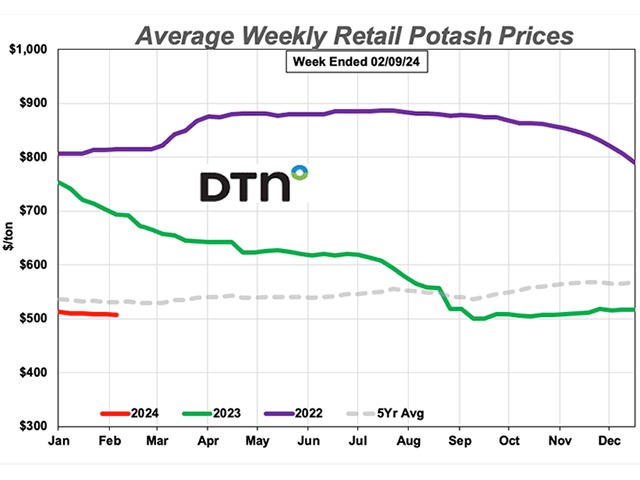By Todd Hultman

Ever since Brazil's soybean crop was planted last fall, there never has been a period of time when the crop was in doubt. USDA estimated Brazil would have 152.0 million metric tons (mmt) of soybean production in October, and today the estimate stands at 153.0 mmt, or 5.62 billion bushels (bb). Not only is the current crop a new record high for Brazil, it also surpasses the old record, set two years earlier, by 13.5 mmt, or 496 million bushels (mb). Except for extremely dry conditions in Brazil's southern tip, the rains have been consistently available for central and northern Brazil. Even now as harvest is roughly 20% complete, the rainy season continues.
Just over five months ago, the U.S. ended its 2021-22 season with a soybean surplus of 274 mb, the second lowest finish for supplies in six years. After the drought-limited harvest of 4.276 bb in 2022, USDA now expects U.S. ending soybean stocks of 225 mb in 2022-23, the lowest in seven years.
The odd thing is that USDA's soybean crush total through December is 1% below last year's pace. At this point, I can only speculate as to why soybean processors haven't been buying up all the soybeans they can get. Maybe they're in no hurry to collapse the lucrative margins? Or maybe getting soybeans in this tight market is not so easy? Either way, the incentive remains intact for more purchases ahead.
I can't guarantee what soybean prices will do this summer and, for anyone paying high interest rates on operating loans, there is nothing wrong with selling cash soybeans in the current environment, priced Thursday at $14.88 on DTN's National Soybean Index. For those that can afford the risk, however, there is still a bullish case to make for old-crop soybean prices, even with Brazil's record harvest on the way.
Click here to see more...